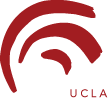
The story of MAKE ART/STOP AIDS spans from Kolkata to Los Angeles, Mexico City to Rio de Janeiro, and from Johannesburg to Mumbai.
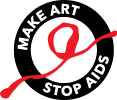
The Story of
MAKE ART/STOP AIDS
2004 – Present
2004

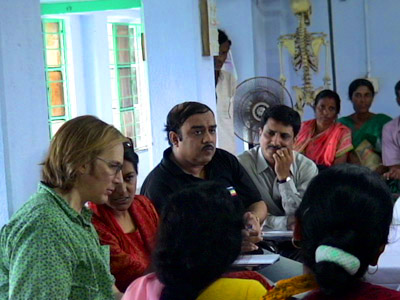
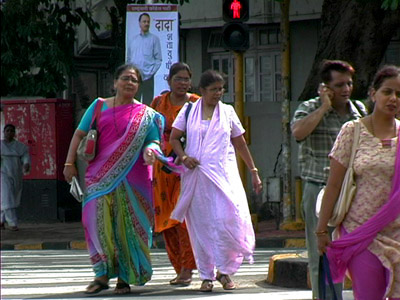

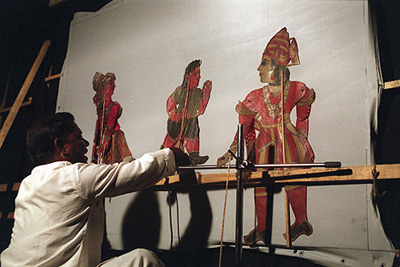
‹
›
Fulbright Grant in India
UCLA Professor David Gere established the MAKE ART/STOP AIDS network while on a Fulbright research grant in India. In July 2004, Gere led a four-day workshop in Kolkata with 60 Indian and 15 international artists and activists under the MAKE ART/STOP AIDS banner. A subsequent day-long event in New Delhi brought the concepts developed in the workshop to the attention of leaders from the Indian government, media, and non-governmental organizations.
During this time, Director Tom Keegan chronicled the experience of Gere and his partner, Peter Carley, as they raised their two children in India. The resulting documentary film Out in India: A Family's Journey premiered in 2008. More information on the film can be found at outinindiathemovie.com »
Nalamdana/Are You Well
A result of Gere's work in 2004, a health communication organization called Nalamdana (meaning “Are you well?” in Tamil) began collaborating with the Government Hospital of Thoracic Medicine in Tambaram, India, just outside Chennai. Are You Well has today evolved into a leader in its field, using theater, music, and radio as tools for HIV education, stigma reduction, and to promote an atmosphere of healing. The key to success has been a close working relationship between medical staff and artists.
Learn more at artglobalhealth.org/areyouwell »
2004 – Present • ↑ ↓ • Back to Top »



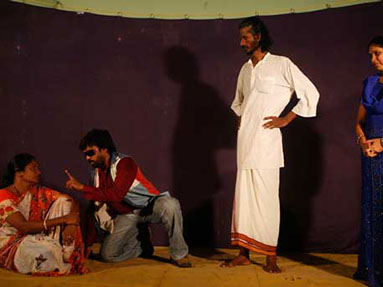
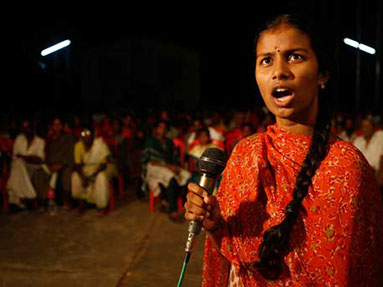

Patients in an HIV ward listening to the Are You Well radio broadcast. The cable radio speaker is on the near wall. (Photo by Gideon Mendel)
The Are You Well sound studio at the Government Hospital of Thoracic Medicine, Tambaram, India. (Photo by Gideon Mendel)
Patients at the Government Hospital of Thoracic Medicine enjoy a performance by Nalamdana. (Photo by Gideon Mendel)
A live performance, part of the Are You Well Initiative at the Government Hospital of Thoracic Medicine in Tambaram, India. (Photo by Gideon Mendel)
Photo by Gideon Mendel at the Government Hospital of Thoracic Medicine, Tambaram, India.
Actors preparing to perform at the Government Hospital of Thoracic Medicine in Tambaram, India. (Photo by Gideon Mendel)
‹
›
2006


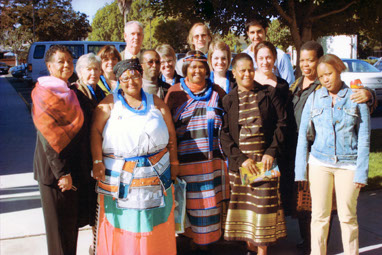
The Keiskamma Altarpiece, shown here at UCLA, is a powerful declaration of hope and solidarity in the fight against HIV/AIDS.
UCLA student puppeteers rehearse in front of the altarpiece.
David Gere and members of the MAKE ART/STOP AIDS team.
‹
›
Keiskamma Altarpiece
A monumental, multi-panel artwork was created by 130 women from South Africa’s Eastern Cape province — an area of the world hard hit by AIDS — to commemorate the lives and memory of individuals there who have died of the disease and to celebrate the community’s determination to prevail in the face of AIDS.
2006 • ↑ ↓ • Back to Top »
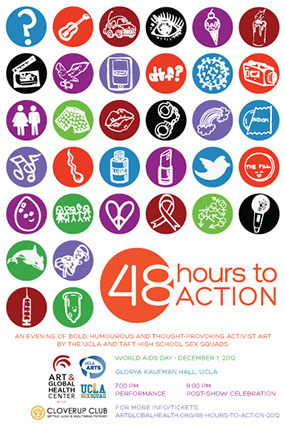
48 Hours to Action
A dynamic evening of entertainment to observe World AIDS Day. 48 Hours to Action originally began in 2006 in conjunction with the arrival of the Keiskamma Altarpiece to UCLA. Each year the event has taken on a slightly different shape, even in more recent years. The event is very decidedly 48 Hours “to” Action and not 48 Hours “of” Action. The real action begins when the audience leaves the theater more aware and mobilized to act in the outside world.
2006 – Present • ↑ ↓ • Back to Top »
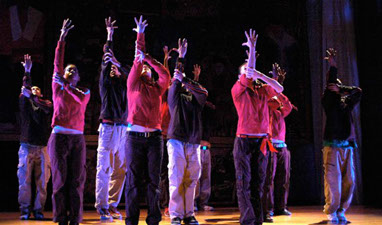
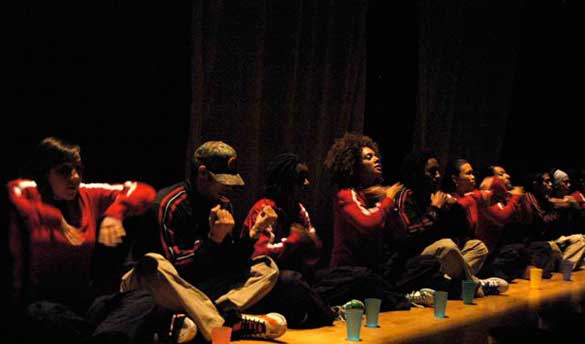
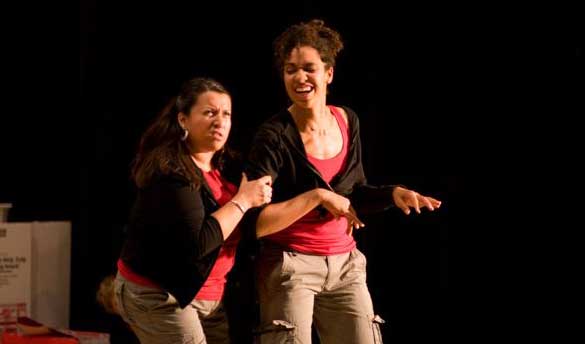
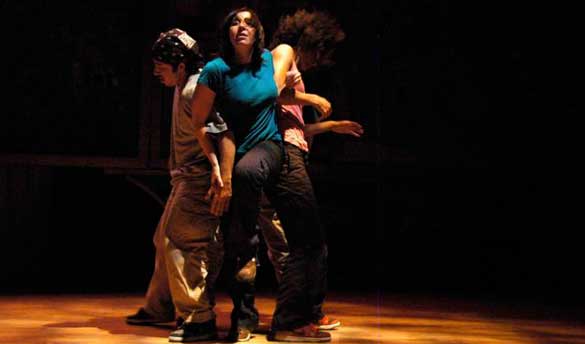
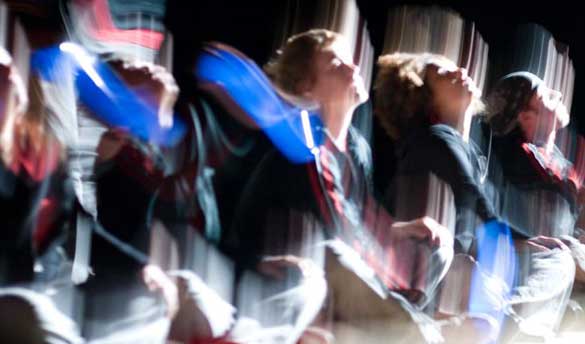
The original version of Kevin Kane’s innovative theater piece Flesh and Blood was made in response to the Keiskamma Altarpiece, on display at UCLA in 2006 – 2007.
Dancers perform Flesh and Blood during the stirring introduction to the show.
Flesh and Blood combined many different elements, including intricate movement.
Flesh and Blood was a dynamic event, making audiences laugh and think.
Flesh and Blood invited audiences to reevaluate how they think about hip-hop and HIV/AIDS.
‹
›
Flesh and Blood
In 2006 – 2007, Kevin Kane and a cast of twelve created Flesh and Blood in response to the monumental Keiskamma Altarpiece, then on view at UCLA. The moving hip-hop dance-theater piece told the story of a young boy living with HIV in Hamburg, South Africa, where the altarpiece was created. Kane traveled there himself to bring that reality into clearer focus.
2006 – 2007 • ↑ ↓ • Back to Top »
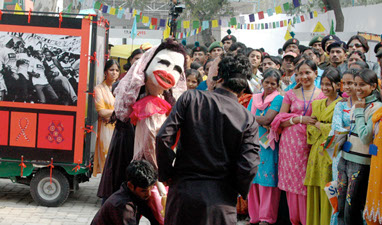
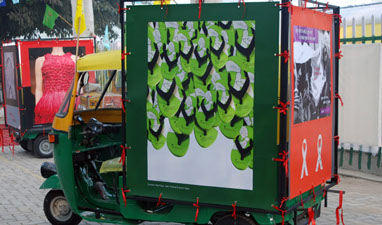

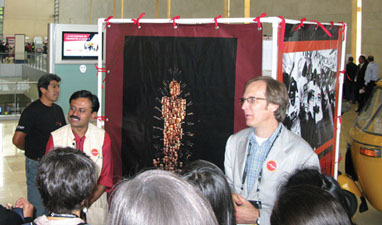
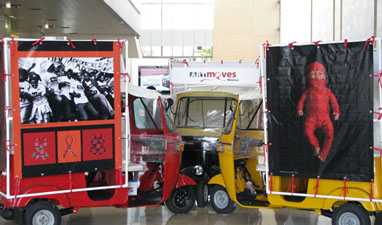
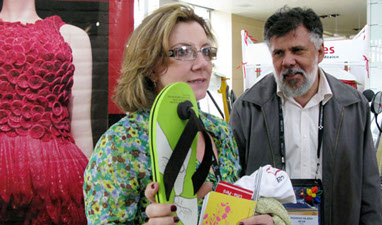


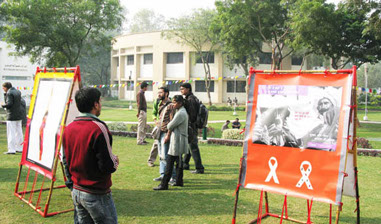
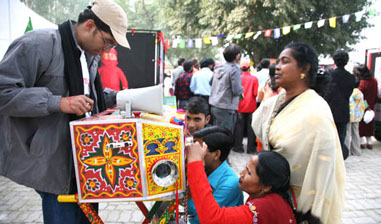
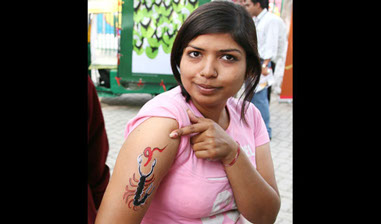

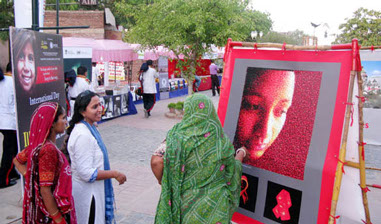
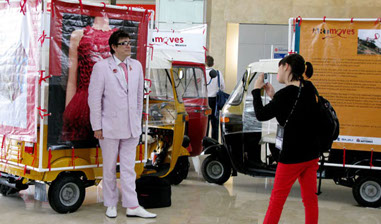

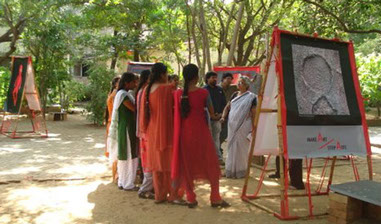

In India, puppeteers from Anurupa Roy’s Kat-Katha troupe entertain the crowd attracted by an ArtMoves display. The auto-rickshaw displays a photograph by South African photojournalist Gideon Mendel, taken at the 2000 World AIDS Conference in Durban, South Africa.
One of the auto-rickshaws was adorned with pictures of Thukral & Tagra’s HIV flip-flops.
The ArtMoves auto-rickshaws made an appearance at the 2008 International AIDS Conference in Mexico City.
Parthiv Shah of CMAC and David Gere field questions in front of an ArtMoves display.
ArtMoves in Mexico City
ArtMoves in Mexico City
ArtMoves at Jamia Millia Islamia University, Delhi
ArtMoves at Jamia Millia Islamia University, Delhi
ArtMoves at Jamia Millia Islamia University, Delhi
ArtMoves at Safdarjung Station, Delhi
ArtMoves at Safdarjung Station, Delhi
ArtMoves at Safdarjung Station, Delhi
ArtMoves at Dilli Haat, Delhi
ArtMoves in Mexico City
ArtMoves in Chennai
ArtMoves in Chennai
ArtMoves in Chennai
‹
›
2007
ArtMoves
Better described as a moving event or “happening” than an exhibition, ArtMoves was a fully portable, arts-based AIDS intervention conveyed and displayed on retrofitted auto-rickshaws or other local conveyances.
2007 • ↑ ↓ • Back to Top »
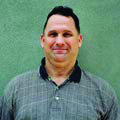
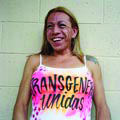
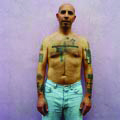

HIV-Positive in Los Angeles
Twelve student photographers, twelve student writers, and twelve people living with HIV/AIDS worked together to create this collective portrait exploring the meaning of AIDS in Los Angeles in the year 2007. The project eventually developed into what is now known as Through Positive Eyes.
Learn more at artsci.ucla.edu/hivla »
2007 • ↑ ↓ • Back to Top »
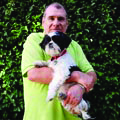
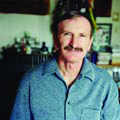
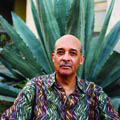
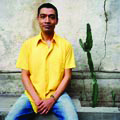

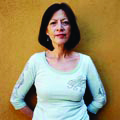
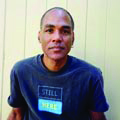
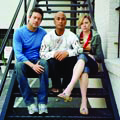
2008
MAKE ART/STOP AIDS Exhibition
Opening at the UCLA Fowler Museum on February 23, 2008, the MAKE ART/STOP AIDS Exhibition was greeted by one of the largest crowds in the museum's history. An estimated 800 people, including both invited guests and the general public, viewed a performance of Biro by Ntare Guma Mbaho Mwine and then flowed into the exhibition gallery. Fowler Museum staff commented that the opening for MAKE ART/STOP AIDS was not only one of the largest events the museum had ever hosted in terms of attendance, but also that it was the most diverse.
2008 • ↑ ↓ • Back to Top »
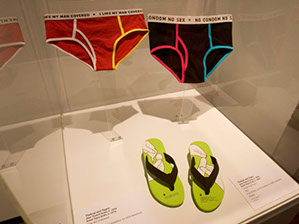

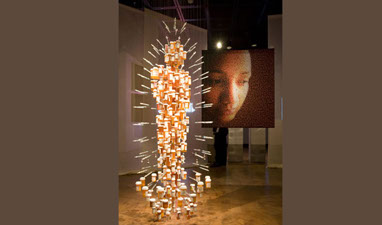



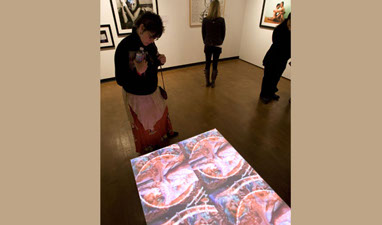
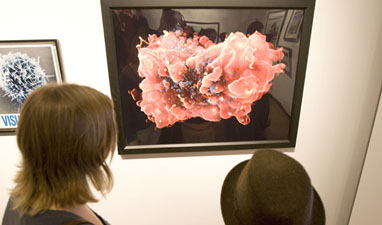


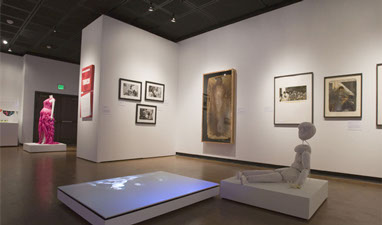

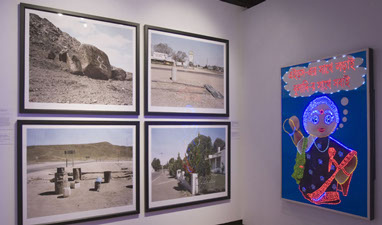


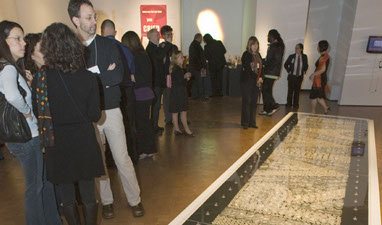
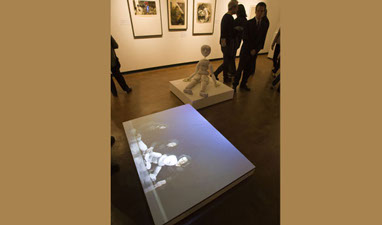





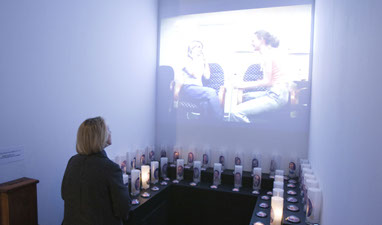
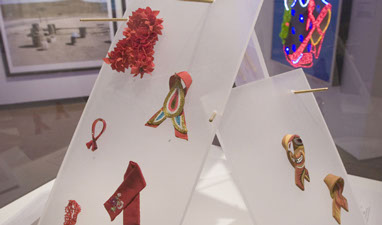

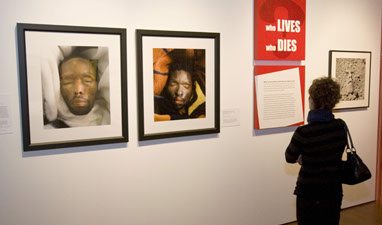
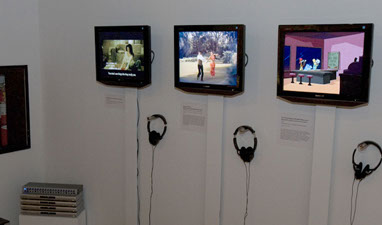


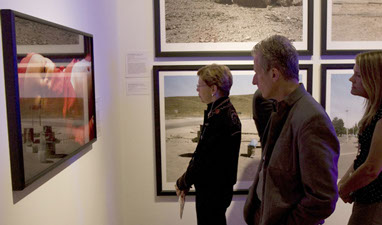
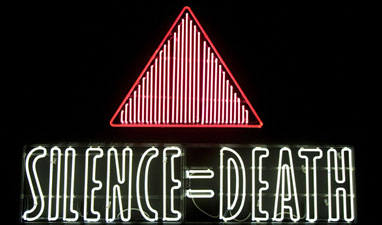
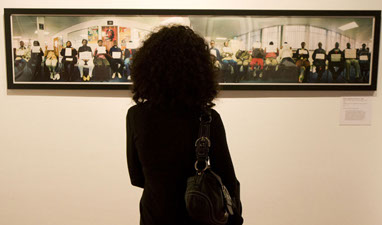
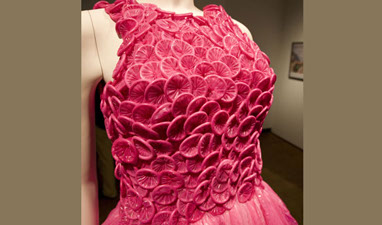

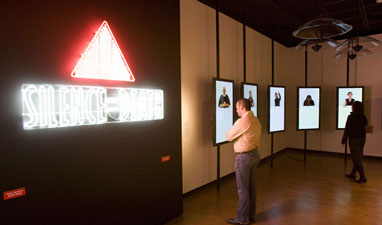
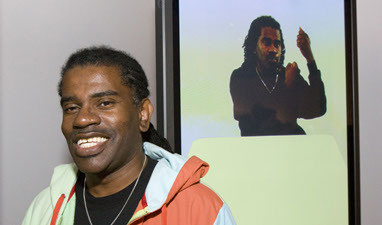
‹
›

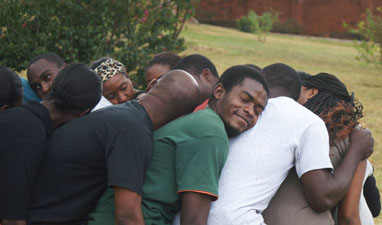
Participants in a theater-based stigma-reduction intervention, take part in a drama exercise, building the intimacy that is so inherent to the project.
MAKE ART/STOP AIDS brings together students, artists, and local people living with HIV to create performances focusing on HIV/AIDS and stigma-reduction. This theater exercise encourages physical contact as a way to promote group bonding.
‹
›
MAKE ART/STOP AIDS Africa
The overall goal of MAKE ART/STOP AIDS Africa is to educate, mobilize, inspire, and encourage dialogue through arts interventions in African universities and in rural and urban poor communities throughout the southeast Africa region. The program relies on collaborative relationships with local, regional, and international organizations operating in each project country.
Learn more at aghcafrica.org/masa »
2008 – Present • ↑ ↓ • Back to Top »
This is My Story
A documentary by filmmaker Mark Eby about the UCLA/CHANCO Performance Project, which took place in Zomba, Malawi in 2008.
Learn more at aghcafrica.org/video »
2008 • ↑ ↓ • Back to Top »
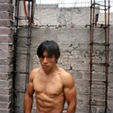
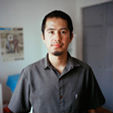
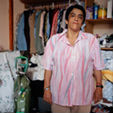
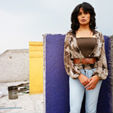
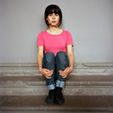
Through Positive Eyes
Mexico City
The first chapter of the international photography project of HIV-positive people in cities around the world.
Learn more at throughpositiveeyes.org/mexico-city »
2008 • ↑ ↓ • Back to Top »
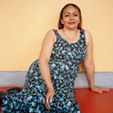
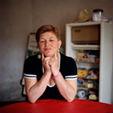


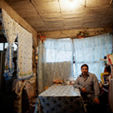
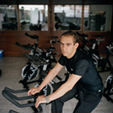
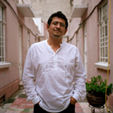

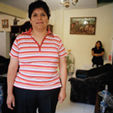
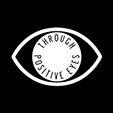
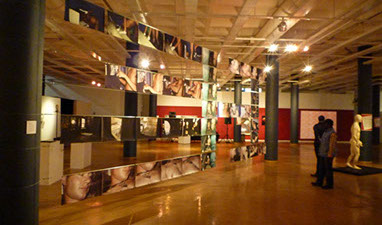
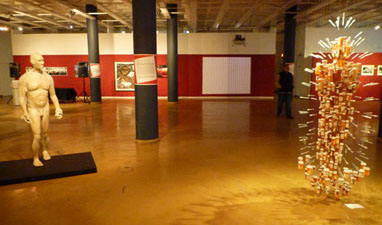

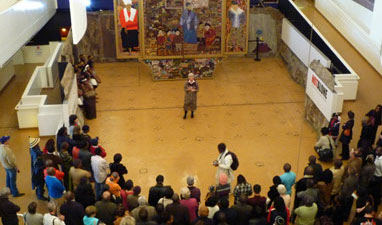
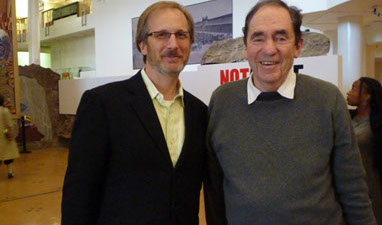
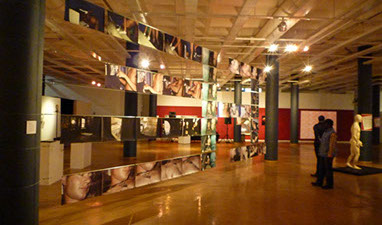
South African artist Brenton Maart explores gay sexuality in the age of AIDS in his piece Factory Crossword. The Factory is a gay sex club in Johannesburg, South Africa.
Medicine Man (right) is one of the signature pieces in the internationally touring Not Alone exhibition. It was created by San Francisco artists Daniel Goldstein and John Kapellas with 400 prescription pill bottles.
Justice Edwin Cameron of the Constitutional Court (South Africa's Supreme Court) is open about being gay and HIV-positive.
He opened the Not Alone exhibition in Johannesburg.
Dr. Carol Hofmyer speaks to the crowd in front of the Keiskamma Altarpiece, part of Not Alone displayed at Museum Africa.
Dr. David Gere and South African Constitutional Court Justice Albie Sachs pose for the camera at the opening of Not Alone in Johannesburg, South Africa on July 19th, 2009.
Not Alone, as displayed at Museum Africa in Johannesburg, South Africa, chronicles artists' responses to the AIDS epidemic, from the 1980s to the current day.
‹
›
2009
Not Alone
An international touring adaptation of the MAKE ART/STOP AIDS Exhibition that showcases the role of the arts in fighting the AIDS epidemic globally.
2009 – 2010 • ↑ ↓ • Back to Top »
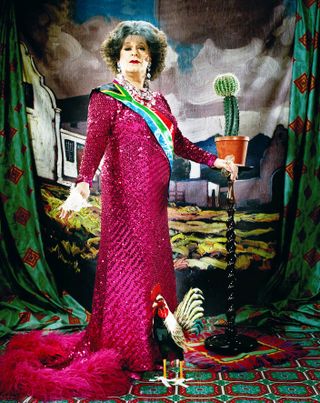
Elections and Erections
An irreverent look at sex and politics by South African performance artist and satirist Pieter-Dirk Uys performed at UCLA.
2009 • ↑ ↓ • Back to Top »
Pieter-Dirk Uys as his character Evita Bezuidenhout (also known as Tannie Evita), a white Afrikaner socialite and self-proclaimed political activist.

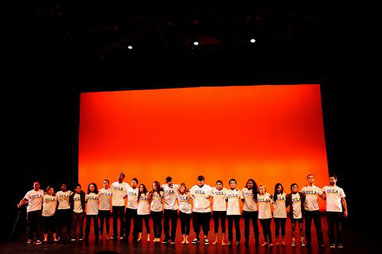
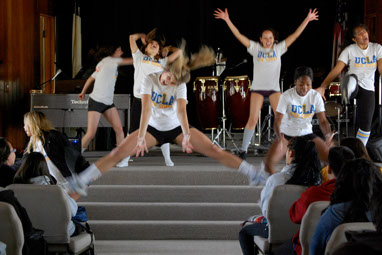
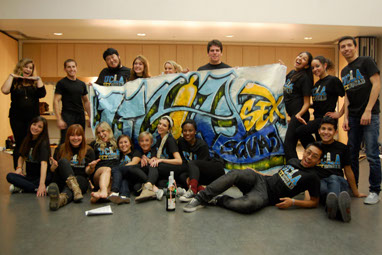
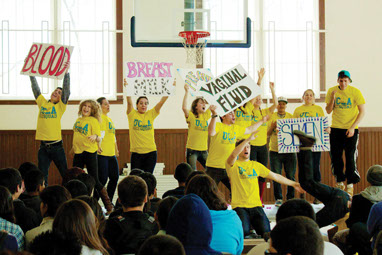
The 2009 AIDS Performance Team and Pieter-Dirk Uys posing with props following their intensive workshop.
The 2009 – 2010 UCLA Sex Squad at the conclusion of their 48 Hours to Action performance on World AIDS Day 2009.
The 2010 – 2011 UCLA Sex Squad in action during a riveting performance at a Los Angeles high school.
The 2011 – 2012 UCLA Sex Squad celebrating their highly successful 48 Hours to Action performance on World AIDS Day 2011.
The 2012 – 2013 UCLA Sex Squad performing at Franklin High School in Highland Park, Los Angeles, California.
‹
›
UCLA Sex Squad
Originally known as the AIDS Performance Team in its first year under the direction of Pieter-Dirk Uys, the group continues today as the UCLA Sex Squad, a collective of undergrads that uses life experiences and creative talents to create funny, multimedia theater to open dialog with teens about sex and sexuality.
Learn more at artglobalhealth.org/uclasexsquad »
2009 – Present • ↑ ↓ • Back to Top »






Through Positive Eyes
Rio de Janeiro
In June 2009, the international photography project of HIV-positive people in cities around the world continued in Brazil.
Learn more at throughpositiveeyes.org/rio-de-janeiro »
2009 • ↑ ↓ • Back to Top »


















2010
Through Positive Eyes
Johannesburg
In March 2010, the international photography project of HIV-positive people in cities around the world continued in South Africa.
Learn more at throughpositiveeyes.org/johannesburg »
2010 • ↑ ↓ • Back to Top »












AMP!
Originally known as AMP it Up!, AMP! is the UCLA Art & Global Health Center's Arts-based, Multiple-intervention, Peer-education HIV & STI prevention program for high school youth in Los Angeles and beyond.
Learn more at artglobalhealth.org/amp »
2010 – Present • ↑ ↓ • Back to Top »
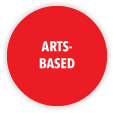
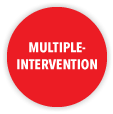

+
+
=
2011
MAKE ART/STOP AIDS University Course
A course based out of the Department of Fine and Performing Arts, Chancellor College, University of Malawi, that engages drama students in hands-on experiences in designing and implementing their own arts-based interventions with communities on- and off-campus.
Learn more at aghcafrica.org/masacourse »
2011 – Present • ↑ ↓ • Back to Top »


+
=
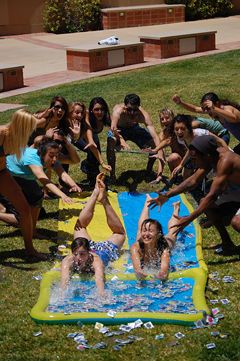
When the Situation Gets Slippery
A 3-chapter video of vignettes for sexual health education and accompanying educational discussion/activity guide.
Learn more at artglobalhealth.org/slippery »
2011 – Present • ↑ ↓ • Back to Top »

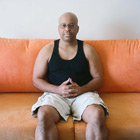
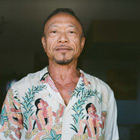

Through Positive Eyes
Los Angeles
In April 2011, the international photography project of HIV-positive people in cities around the world continued in Southern California.
Learn more at throughpositiveeyes.org/los-angeles »
2011 • ↑ ↓ • Back to Top »

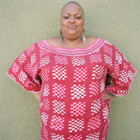
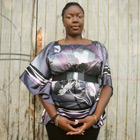


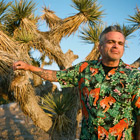


The A.R.T. Show
Premiering on World AIDS Day, December 1, 2011, The A.R.T. Show is a touring exhibition of work by southern African artists responding to the HIV/AIDS epidemic in an age of antiretroviral treatment.
Learn more at artglobalhealth.org/theartshow »
2011 – Present • ↑ ↓ • Back to Top »

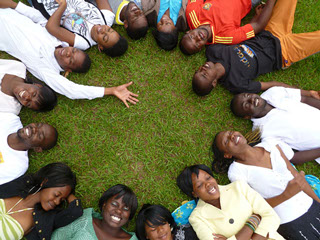
Students With Dreams
A seed grant program encourages college students in Malawi to think creatively about their responses to challenges they see in society, to cultivate co-operation and mutual support, and to enhance their skills in project design, implementation and management.
Learn more at aghcafrica.org/studentswithdreams »
2011 – Present • ↑ ↓ • Back to Top »
Students With Dreams Project Leaders, 2011 – 2012
2012
MAKE ART/STOP AIDS Malawi Documentary Film
A documentary by Film maker Ya-Hsuan Huang, that tells the story of the MAKE ART/STOP AIDS Malawi project.
Learn more at aghcafrica.org/masamalawi »
2012 • ↑ ↓ • Back to Top »
This is Not a Textbook: An Oral History of the UCLA Sex Squad
An autobiographical documentary directed, shot, and edited by UCLA student performers in the UCLA Sex Squad.
Learn more at artglobalhealth.org/uclasexsquad »
2012 • ↑ ↓ • Back to Top »

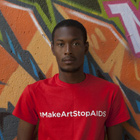
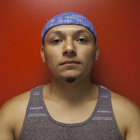
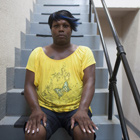
Through Positive Eyes
Washington, D.C.
In July 2012, the international photography project of HIV-positive people in cities around the world continued in the U.S. capital.
Learn more at throughpositiveeyes.org/washington-dc »
2012 • ↑ ↓ • Back to Top »







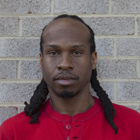
2013

Through Positive Eyes Mumbai
In January 2013, the international photography project of HIV-positive people in cities around the world continued in the India with fourteen participants.
Learn more at throughpositiveeyes.org »
2013 • ↑ ↓ • Back to Top »

Bringing (Safe) Sexy Back
A collection of UCLA Sex Squad work from 2011 – 2013 adapted for film and to be distributed throughout LAUSD and worldwide on the web.
Learn more at artglobalhealth.org/bssb »
2013 • ↑ • Back to Top »